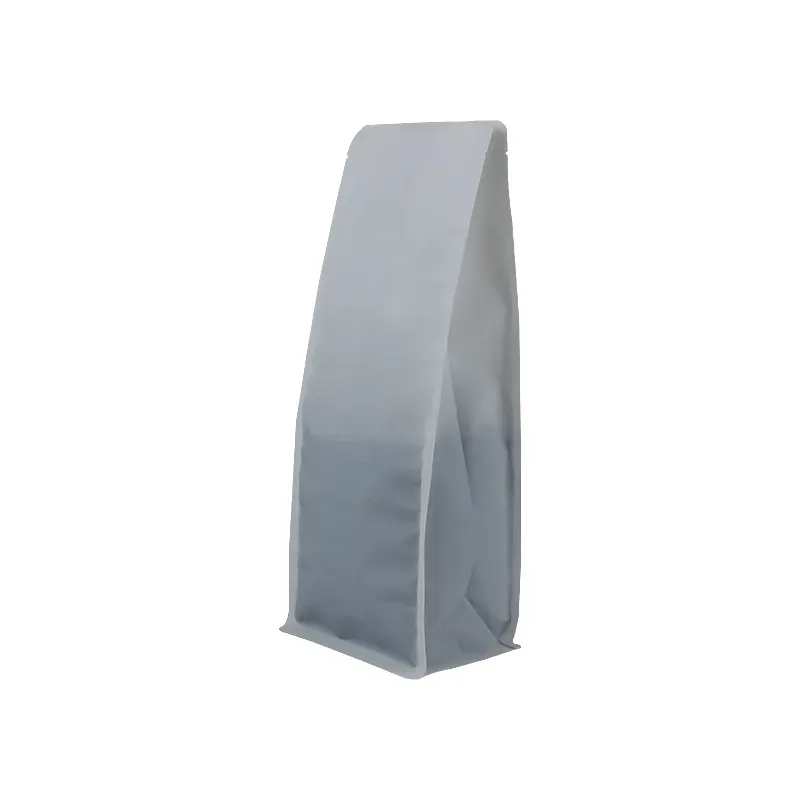- Afrikaans
- Albanian
- Amharic
- Arabic
- Armenian
- Azerbaijani
- Basque
- Belarusian
- Bengali
- Bosnian
- Bulgarian
- Catalan
- Cebuano
- chinese_simplified
- chinese_traditional
- Corsican
- Croatian
- Czech
- Danish
- Dutch
- English
- Esperanto
- Estonian
- Finnish
- French
- Frisian
- Galician
- Georgian
- German
- Greek
- Gujarati
- haitian_creole
- hausa
- hawaiian
- Hebrew
- Hindi
- Miao
- Hungarian
- Icelandic
- igbo
- Indonesian
- irish
- Italian
- Japanese
- Javanese
- Kannada
- kazakh
- Khmer
- Rwandese
- Korean
- Kurdish
- Kyrgyz
- Lao
- Latin
- Latvian
- Lithuanian
- Luxembourgish
- Macedonian
- Malgashi
- Malay
- Malayalam
- Maltese
- Maori
- Marathi
- Mongolian
- Myanmar
- Nepali
- Norwegian
- Norwegian
- Occitan
- Pashto
- Persian
- Polish
- Portuguese
- Punjabi
- Romanian
- Russian
- Samoan
- scottish-gaelic
- Serbian
- Sesotho
- Shona
- Sindhi
- Sinhala
- Slovak
- Slovenian
- Somali
- Spanish
- Sundanese
- Swahili
- Swedish
- Tagalog
- Tajik
- Tamil
- Tatar
- Telugu
- Thai
- Turkish
- Turkmen
- Ukrainian
- Urdu
- Uighur
- Uzbek
- Vietnamese
- Welsh
- Bantu
- Yiddish
- Yoruba
- Zulu
Effects of Submerging Silica Gel in Water and Its Consequences for Water Absorption
What Happens If You Put Silica Gel in Water?
Silica gel is a common desiccant used to absorb moisture and keep products dry. You often find small packets labeled “Do Not Eat” tucked away in shoeboxes, vitamins, and other products. But what happens when you put silica gel in water? While it may seem harmless or even an interesting experiment, the effects of placing silica gel in water can be surprisingly significant.
Understanding Silica Gel
Silica gel is primarily composed of silicon dioxide (SiO2), which is a substance found in sand and quartz. In its synthetic form, silica gel is produced as a granular material. It has a high surface area and is capable of adsorbing moisture from the air due to its porous structure. This property makes it ideal for preventing spoilage and deterioration of products sensitive to moisture.
The Reaction with Water
When silica gel comes into contact with water, it undergoes a physical reaction, not a chemical one. The gel quickly absorbs the water, causing it to swell. This is because the pores within the silica gel fill up with moisture, increasing its size. However, it’s essential to note that while the gel absorbs water, it does not dissolve. Rather, it retains its structural integrity as a solid material.
Implications of Silica Gel in Water
1. Swelling and Expansion As mentioned, silica gel swells when it absorbs water. This expansion can lead to breaking apart or crumbling of the silica gel if exposed to excessive moisture. In practical terms, when silica gel packs reach their saturation point, they are no longer effective at absorbing additional moisture.
what happens if you put silica gel in water

2. Reusability One of the fascinating aspects of silica gel is its ability to be recharged. Once it absorbs moisture, silica gel can often be dried out by heating it in an oven, allowing it to be reused multiple times. However, if it has been fully saturated with water, simply placing it in water again will not make it effective until it has been properly dried.
3. Possible Contaminants Some silica gel packets may contain additives or color indicators that change color when saturated. These additives could potentially dissolve in water, especially if the silica gel is of low quality or not intended for food-safe applications. It is important to check the packaging and understand the type of silica gel you are dealing with before submerging it in water, particularly if food safety is a concern.
4. Environmental Impact While silica gel is generally considered non-toxic, improper disposal can lead to environmental issues. If large quantities are washed into water systems, they could affect aquatic life. Although silica gel is inert and generally safe, it is vital to manage its disposal responsibly.
5. Practical Applications Understanding the behavior of silica gel in water can lead to various practical applications, especially in industries where moisture control is critical. For example, understanding its limits can help optimize packaging solutions for sensitive materials, increasing product shelf life and stability.
Conclusion
In summary, putting silica gel in water leads to a physical reaction characterized by moisture absorption and swelling. While this property makes silica gel an excellent desiccant, it can lose its effectiveness if continually exposed to water. Additionally, there are implications regarding contamination, environmental impact, and practical applications that warrant consideration.
Every time you come across a silica gel packet, remember that its role as a moisture absorber is crucial for the preservation of many products. Understanding its interaction with moisture, whether in the air or in water, adds another layer to appreciating this simple yet effective tool. While it’s not an exciting chemical reaction, the physical properties of silica gel reveal important truths about moisture management and product sustainability. So next time you contemplate tossing that little packet aside, consider its purpose and potential, even when submerged in water.













